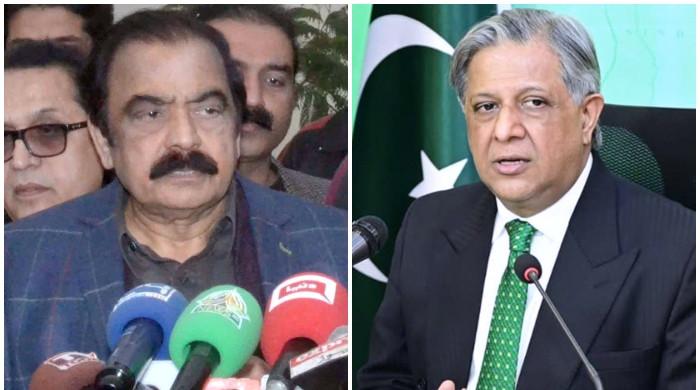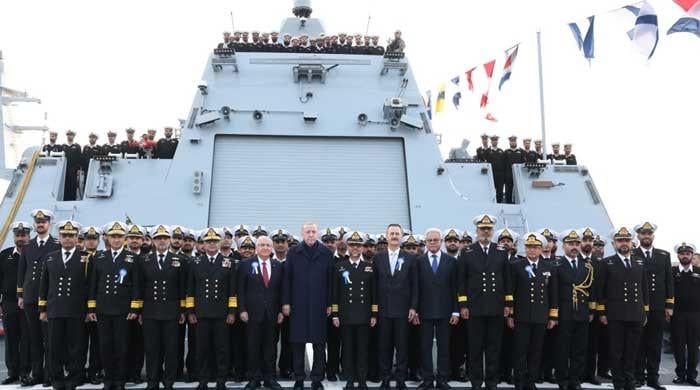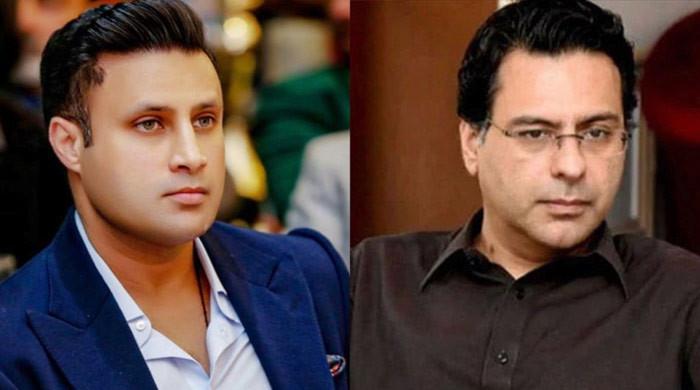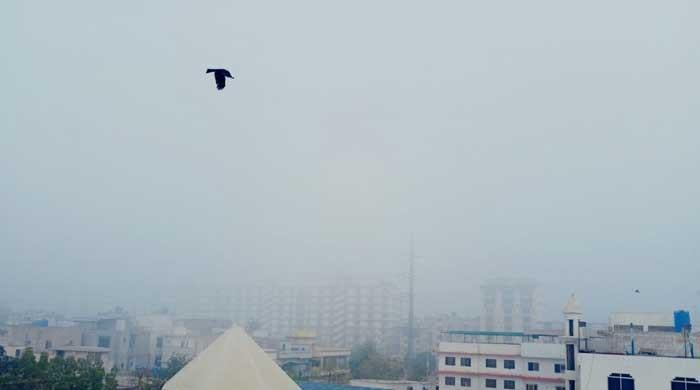Babri Mosque dispute: A leaf from history
A series of bombings in Mumbai had then claimed 250 lives
November 09, 2019
LAHORE: A nostalgic trip back into history reveals that soon after the 491-year old Babri Masjid was demolished in 1992, resultant communal riots claimed between 2,000 and 3,000 lives throughout India.
A series of bombings in Mumbai had then claimed 250 lives.
The mounting Hindu-Muslim tensions had also resulted in the 2002 Gujarat unrest, which had claimed another 1,000 lives—though Muslims remained the major sufferers.
On December 16, 1992, the "Justice Liberhan Commission" was set up by the Government of India to probe the circumstances that had led to the demolition of the Babri Masjid.
The commission had submitted its report to the-then Indian Prime Minister, Manmohan Singh, on June 30, 2009, more than 16 years after the incident.
Contents of the report were leaked to the media in November 2009. The report blamed the high-ranking members of the Indian government and Hindu nationalists for the destruction of the mosque.
Its explosive contents had also caused uproar in the Indian parliament.
The Justice Liberhan report has pieced together a sequence of events, as they happened on December 6, 1992, the day the Babri Masjid was demolished by the Hindu hardliners (Kar Sevaks).
The Report, authored by Justice Liberhan, had blamed former Indian Premier A.B. Vajpayee, BJP key leader L. K. Advani, the then UP Chief Minister Kalyan Singh and a former Education Minister Murli Manohar Joshi for flaring up the incident up and for bucking up the hardliners.
The report had noted: "This selected act of the leaders itself speaks of the hidden intentions of one and all being to accomplish demolition of the disputed structure."
The report held that the "icons" of the demolition movement present at site that day, could easily have prevented the knocking down of the Babri Masjid.
Ayodhya is one of seven most holy places for Hindus in India, with the city of Varanasi being the holiest of all.
History of the Babri Masjid and chronology of major events leading up to the demolition of the Babri Masid in 1992:
In 1528, this mosque was built in Ayodhya (Faizabad District, Utter Pradesh) on orders of Moghul King Babar, shortly after he had won the 1526 "Battle of Panipat" against the Lodhi dynasty.
Since the possession controversy started about 166 years ago in 1853, Hindus have been claiming that this mosque was built after demolishing a temple, while Muslims have been contending that King Babar’s Army General, Mir Baqi, had built the mosque here and had named it after the first Mogul Emperor.
The first recorded communal clashes over the site date back to 1853 during the reign of Nawab Wajid Ali Shah. A Hindu sect called the Nirmohis claimed the structure, contending that the mosque stood on the spot where a temple had been destroyed during Babar’s time.
In 1859, the colonial British administration had put a fence around the site, separating the worship areas for Hindus and Muslims. Efforts in 1883 to construct a temple on this site were halted by the local Deputy Commissioner who prohibited it on January 19, 1885.
In 1886, the Faizabad District Judge dismissed a petition filed by one Mahant Raghubar Das, who claimed the site was the birth place of Hindu God Ram.
A Second Appeal was filed on May 25, 1886, before the local Judicial Commissioner W. Young, who also dismissed the appeal. With this, the first round of legal battles fought by the Hindus came to an end.
The 1905 "District Gazetteer" of Faizabad states, "Up to this time (1855), both the Hindus and Muslims used to worship in the same building. But since the Mutiny (1857), an outer enclosure has been put up in front of the Masjid and the Hindus forbidden access to the inner yard, make the offerings on a platform (chabootra), which they have raised in the outer one."
The earliest mention of the 40-metre Babri water well can be read in the Gazette of Faizabad District 1918 which states: "The Babri Mosque is an ancient structure with a well which, both the Hindus and Mussalmans claim, has miraculous properties."
In December 1949, idols were put inside the mosque. Both sides to the dispute filed civil suits. The government locked the gates, saying the matter was sub-judice and declared the area "disputed."
On hearing this news, the-then Indian Prime Minister, Jawaharlal Nehru, had directed Uttar Pradesh Chief Minister, Govind Ballabh Pant, on December 23, 1949, to see that the deities were removed and the mischief was undone because a dangerous example was being set there.
However, Faizabad's Deputy Commissioner, K. K. Nayar, dismissed Nehru's concerns. While he admitted that the installation of the idols was "an illegal act," Nayar refused to remove them, claiming that "the depth of feeling behind the movement ... should not be underestimated."
The background of harassment of Muslims during the period has been recorded in two reports prepared by the Waqf Inspector, Mohammad Ibrahim, in December 1949.
In 1961, a case was filed in an Indian court against occupation of the Babri Mosque and placing of idols within it.
In 1984, a movement had started to build a temple at the site, which Hindus claimed was the birthplace of Lord Ram.
The movement gained momentum as Hindu hardliners formed a body to spearhead the construction of a temple at the site.
The Vishwa Hindu Parishad then launched a movement for the opening of the mosque’s locks and the Rajiv Gandhi regime acceded to the demand.
In 1985, an Indian court had ordered the opening of mosque’s gates and allowed Hindus to worship. A Babri Mosque Action Committee was hence formed, as Muslims staged protests against the court order.
In 1989, led by the Vishwa Hindu Parishad, foundations of a temple were laid on land adjacent to the disputed structure. In 1990, the-then BJP president, Lal Krishna Advani, had launched a countrywide campaign to garner support for the move to build a Ram temple at this site.
Although the Hindu extremists partially failed, many were gunned down by the police on orders of the then Uttar Pradesh Chief Minister Mulayam Sing Yadav.
Those killed had gathered in Ayodhya and their bodies were thrown into the river.
In 1991, riding high on the success of Advani's campaign to build a temple on the Babri Masjid site, the BJP emerged as India's main opposition party in the Parliament and grabbed power in Uttar Pradesh too.
The temple-building campaign gained pace when Hindu volunteers kept on pouring into Ayodhya to build the temple and knock down the Babri Masjid.
And in 1992, the Babri Mosque was demolished by Hindu hardliners and communal riots erupted across India, killing over 2,000 people.









